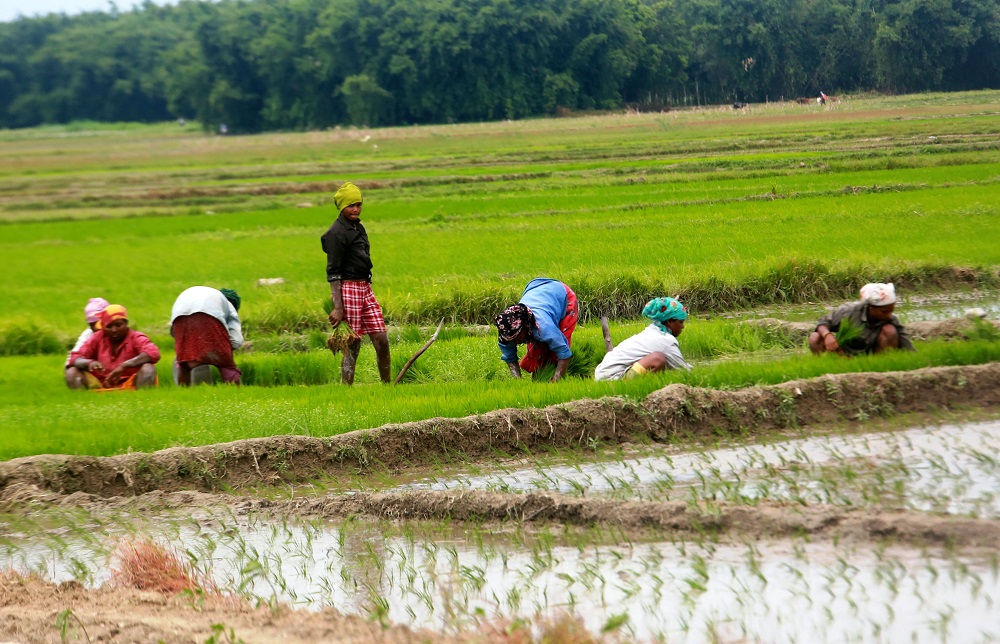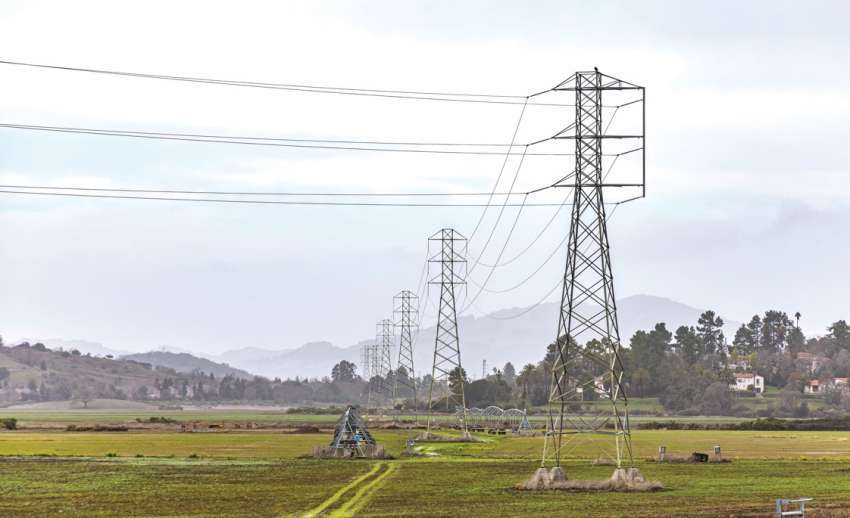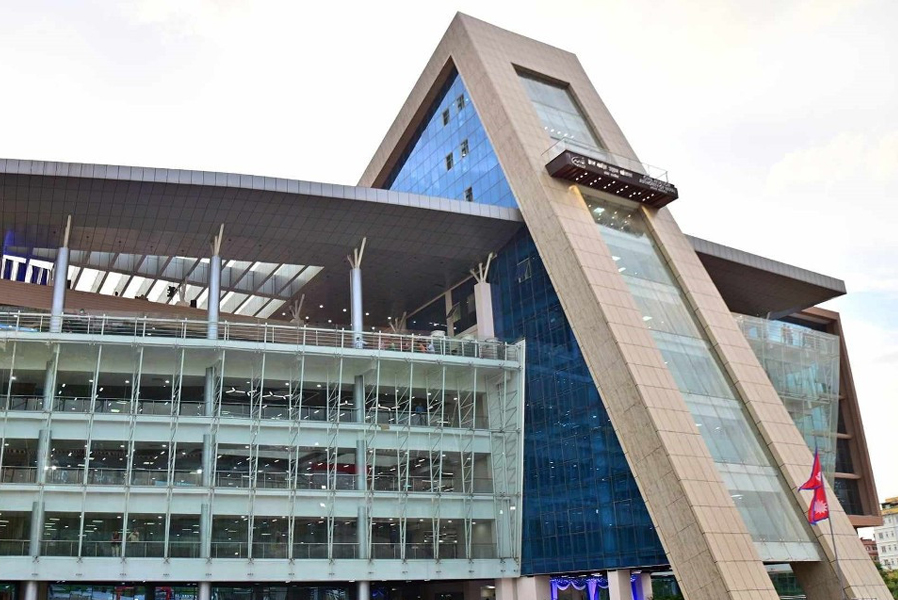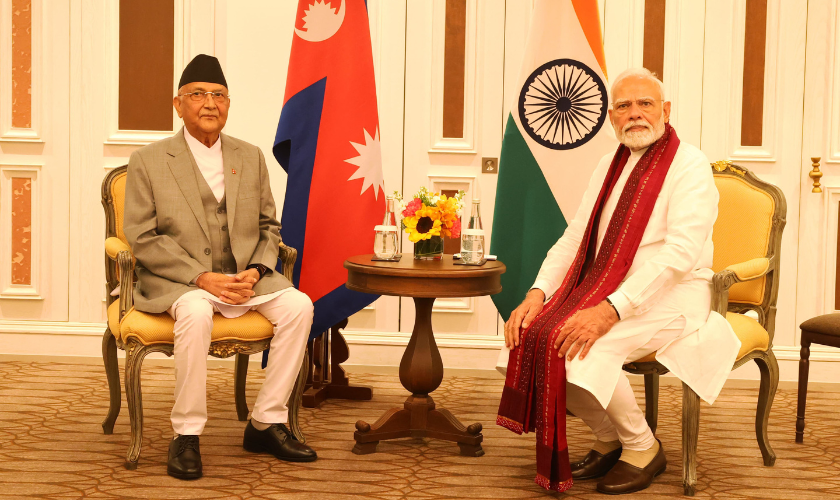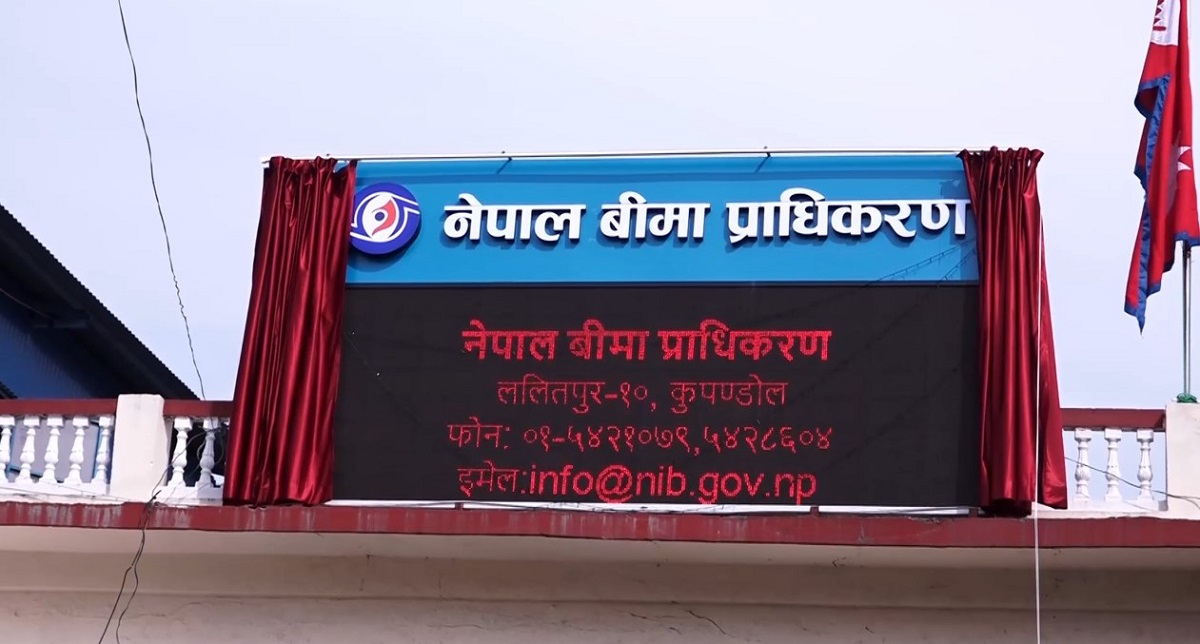Nepal’s real estate market showed modest signs of recovery in the last fiscal year following a period of stagnation. According to data from the Department of Land Management and Archives, a total of 538,128 property deeds were registered across the country in fiscal year 2024/25 , marking a marginal increase of 0.15 percent compared to the previous year. Monthly figures indicate a gradual rise in transaction volume.
In the final month of the fiscal year alone (mid-June to mid-July), 55,524 transactions were recorded—20.23 percent up from the same period in the previous year. Although transaction activity slowed during the early months of the fiscal year, particularly from mid-August to mid-November, the market stabilized from mid-December onward.
The uptick in property sales also translated into higher revenue collection. The government generated Rs 49.04 billion in revenue from real estate transactions in FY 2024/25. The highest monthly revenue was recorded from mid-June to mid-July at Rs 6.5 billion, while the lowest came in the one month period from mid-October to mid-November at Rs 2.70 billion.
Market participants attributed some of the earlier slowdown to a nationwide suspension of land plotting activities following a halt in land classification processes. Since August 2023, around 620 municipalities had been unable to carry out land plot division due to delays in implementing land-use zoning regulations. In response, the Cabinet amended the Land Use (Second Amendment) Regulation 2022 on September 9, 2024, requiring local governments to designate agricultural zones by the end of mid-July 2025 in areas where classification had not been completed.
As the deadline passed, municipalities without approved classifications were again prohibited from continuing land plotting. Bishnu Prasad Ghimire, president of the Nepal Land and Housing Developers' Federation, stated that the inability to classify land has disrupted planning and development activities, particularly affecting private sector stakeholders.
Officials at the Department confirmed that some municipalities continue to face restrictions, although a comprehensive list of affected areas has yet to be published. These regulatory hurdles have emerged at a time when the Nepal Rastra Bank has adopted a flexible lending policies aimed at stimulating the real estate sector.
The central bank’s monetary policy for FY 2025/26 introduced several measures to support first-time homebuyers. The ceiling for residential mortgage loans was increased from Rs 20 million to Rs 30 million, while the loan-to-value (LTV) ratio was raised from 70 to 80 percent. These changes are expected to make housing more accessible by reducing upfront capital requirements and enabling higher borrowing capacity.
Ghimire expressed optimism that transaction volumes will continue to rise in the months ahead, particularly between mid-August and mid-November. However, he emphasized that regulatory bottlenecks such as the ongoing plotting ban must be resolved swiftly to sustain market momentum.



